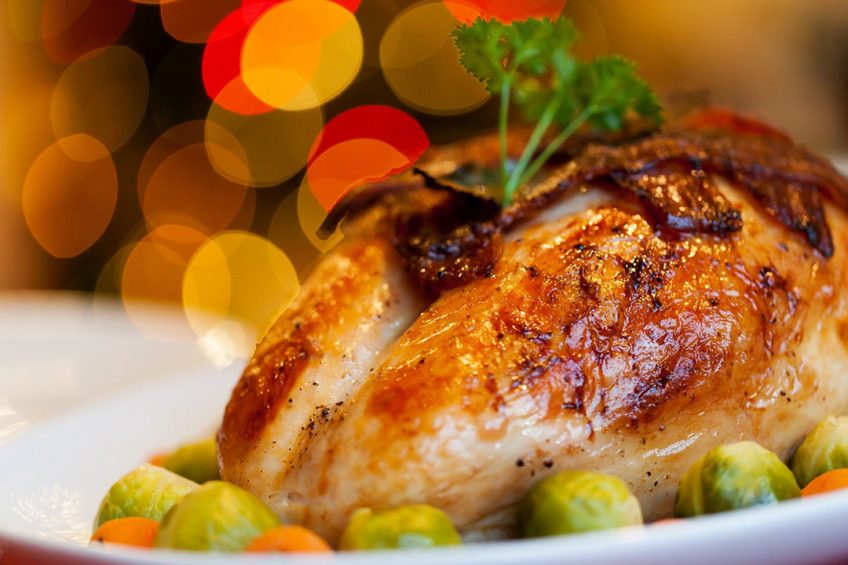Lowering import levies impacts EU poultry competitiveness

Cutting import levies will reduce the competitiveness of the EU poultry meat sector and lead to a rise in import volumes from third countries, according to a report released this week.
The study, “Competitiveness of the EU poultry meat sector, base year 2017: international comparison of production costs,” looked at how reducing import levies, allied with a lower exchange rate, would affect EU competitiveness.
Higher price for EU poultry breast meat
While chicken breast meat in 2017 from Brazil and the Ukraine was almost equal to the average EU price, despite the current import levy, the study found that under a scenario with 50% lower import levies and 10% lower exchange rate, the EU offer would be considerably higher.
It found that all countries in the study (Brazil, Ukraine, Thailand, United States, Argentina and Russia) would, as a result, have a lower offer price for breast fillet compared to the EU sector.
Also read: Global poultrymeat prices on the rise
Taking into account production costs, transport and the new levy, the EU price for breast fillet would be €3.25 per kilogram, while the price of Brazilian, Thai and Ukrainian fillet would be below €3/kg.
Higher animal welfare cost for EU producers
The report, produced by Wageningen Economic Research, highlighted the far higher environmental, animal welfare and food safety costs for EU producers in 2017.
It found that compliance with legislation in these areas added an extra 6.1% to the total production costs at farm level.
The EU remains an important player in the international trade of poultry meat. During 2017, the EU exported 1.662 million tonnes of poultry meat with a value of just under €2 billion, while it imported 0.806m tonnes with a value of €2.015 billion.
Also read: EU poultry meat production at record high
Import levies protect EU poultry sector
Import levies protect the EU poultry meat sector but the report adds there is a danger that multilateral or bilateral agreements with non EU countries may result in a reduction of import levies and hence more imports.
Presenting the report, Dutch economist Peter van Horne, noted that compared to the results of the 2015 base line, production costs decreased in both EU countries, Thailand and the United States. However, production costs in Brazil and the Ukraine were slightly higher due to changes in feed prices and exchange rate of currency of these countries to the euro.
The result was a small improvement in competitiveness of the EU compared to Brazil and Ukraine.












